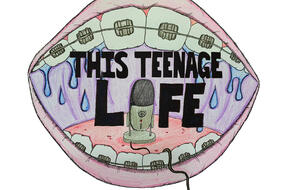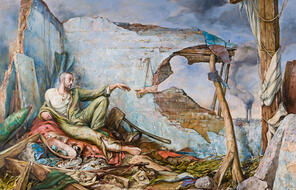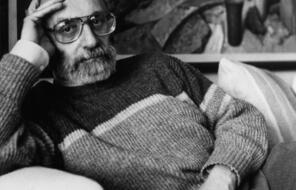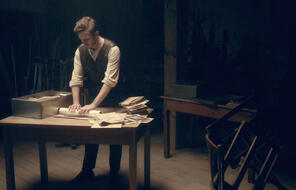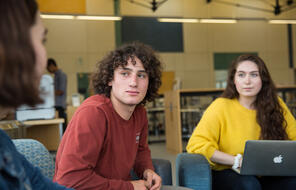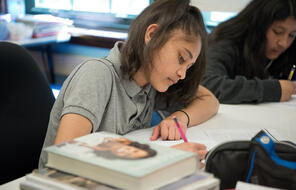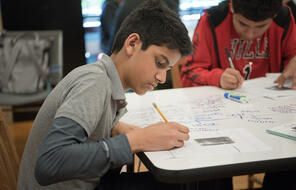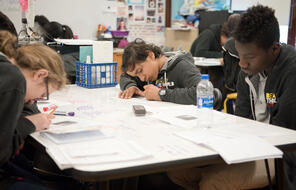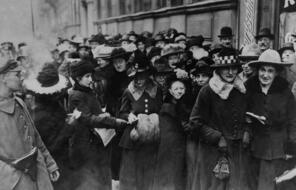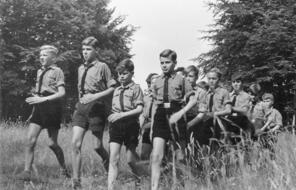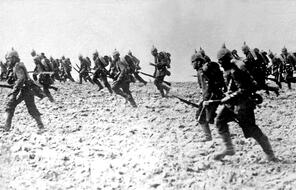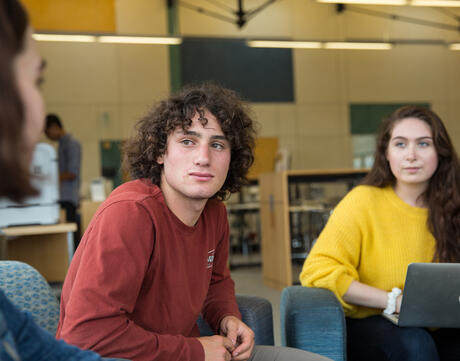
Jewish Theological Dilemmas After the Holocaust
At a Glance
Language
English — USSubject
- History
- Social Studies
Grade
6–12Duration
One 50-min class period- The Holocaust
Overview
About This Lesson
The concept of “theodicy,” or why a just God would permit evil in the world, entered the conversation among scholars and rabbis after the atrocities of the Holocaust. There is no easy answer to the question, “Where was God during the Holocaust?” but the resources in this lesson are meant to provide structure and language for teachers and students to enter this continuing conversation. We often hear from teachers from different Jewish educational settings that their students wrestle with the notion of God during the Holocaust, at a time when they are trying to make sense of God in their lives today. Although there is a temptation to provide comforting answers to our students when they ask the difficult “why” questions, it is important to allow students to reflect on the complexities of the question, “Where was God?”
In this lesson, students will compare and contrast a painting by artist and Holocaust survivor Samuel Bak that grapples with this same question and Michelangelo’s The Creation of Adam from the Sistine Chapel , with which Bak’s painting is in dialogue. This comparison invites students to explore the theme of the absence or presence of God during wartime. Then students will close-read quotations from six theologians, writing on the topic of faith and God after the trauma and tragedy of the Holocaust. Through these activities, students explore the themes of faith and doubt after the Holocaust and have opportunities to reflect individually on how they might respond to the question, “Where was God during the Holocaust?”
Preparing to Teach
A Note to Teachers
Before you teach this lesson, please review the following guidance to tailor this lesson to your students’ contexts and needs.
Lesson Plans
Activities
Assessment
Materials and Downloads
Unlimited Access to Learning. More Added Every Month.
Facing History & Ourselves is designed for educators who want to help students explore identity, think critically, grow emotionally, act ethically, and participate in civic life. It’s hard work, so we’ve developed some go-to professional learning opportunities to help you along the way.
Exploring ELA Text Selection with Julia Torres
On-Demand
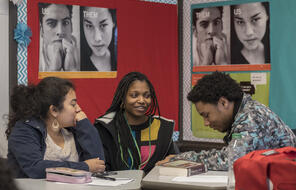
Working for Justice, Equity and Civic Agency in Our Schools: A Conversation with Clint Smith
On-Demand
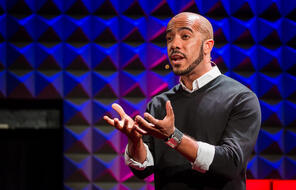
Centering Student Voices to Build Community and Agency
On-Demand
